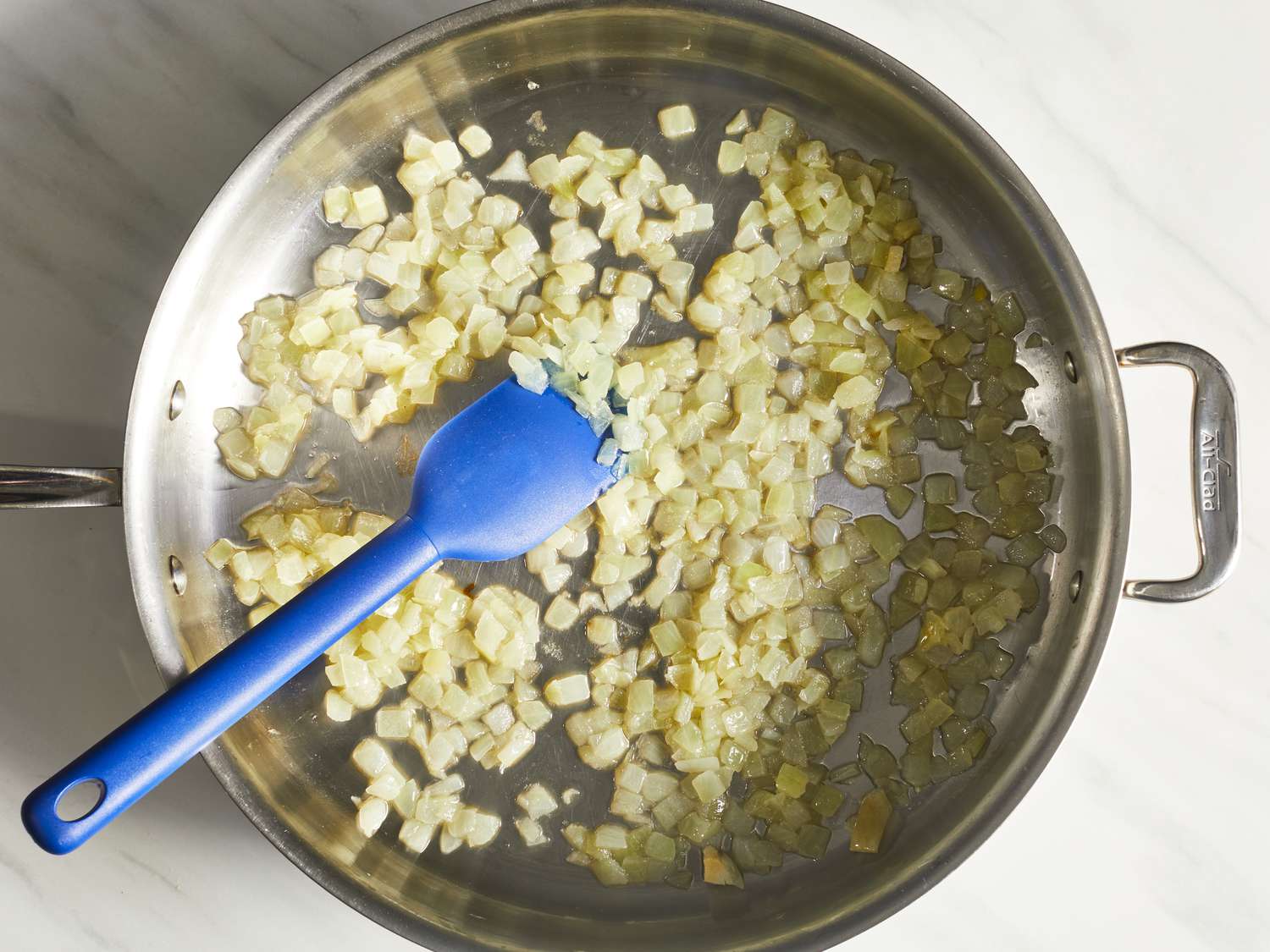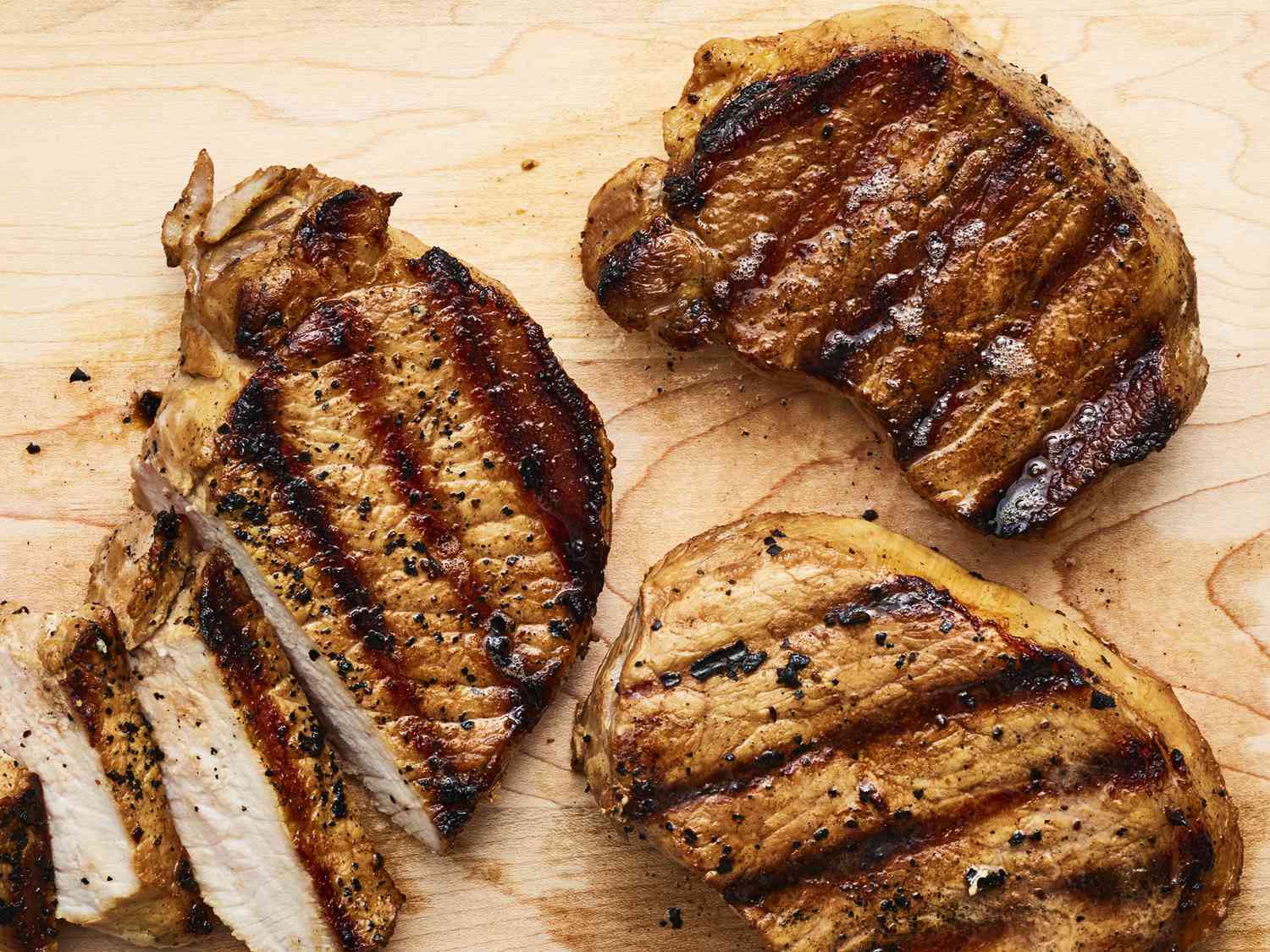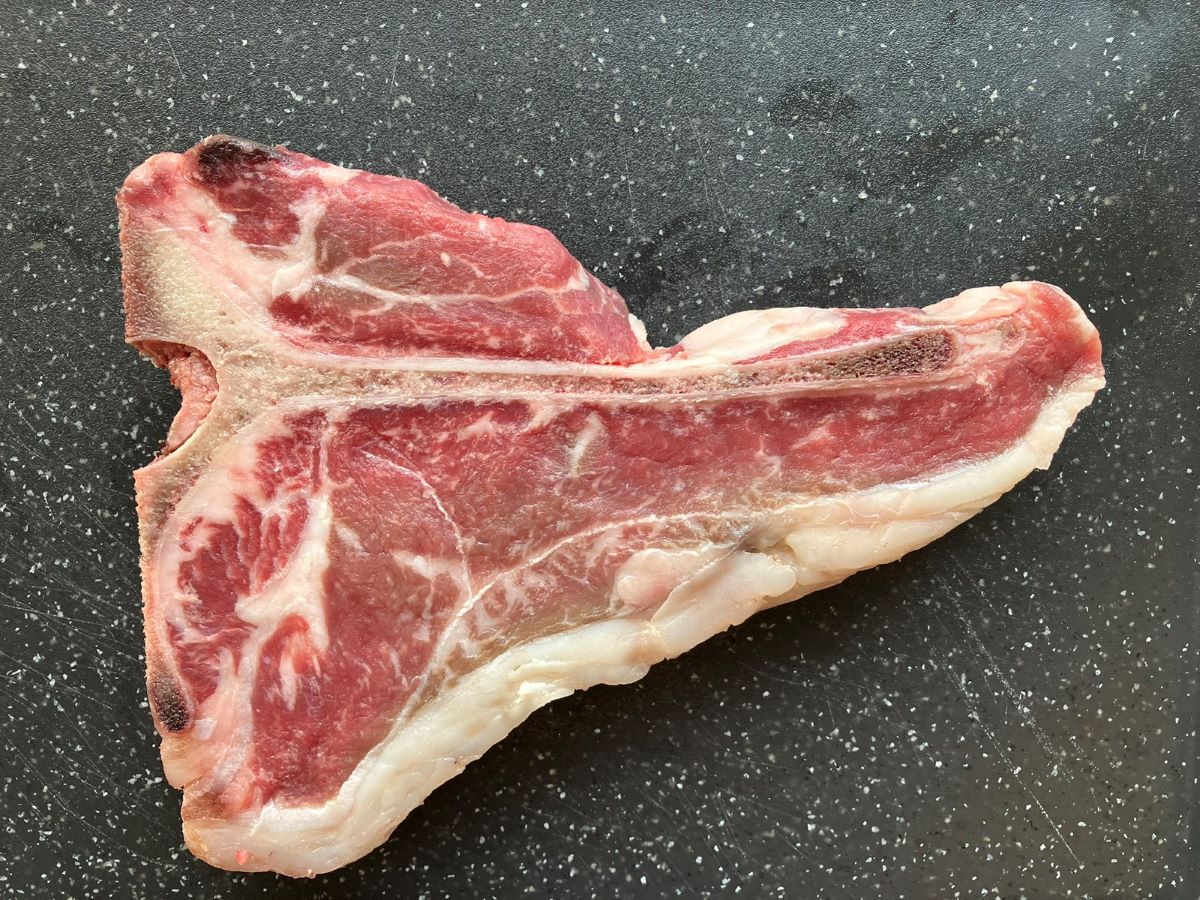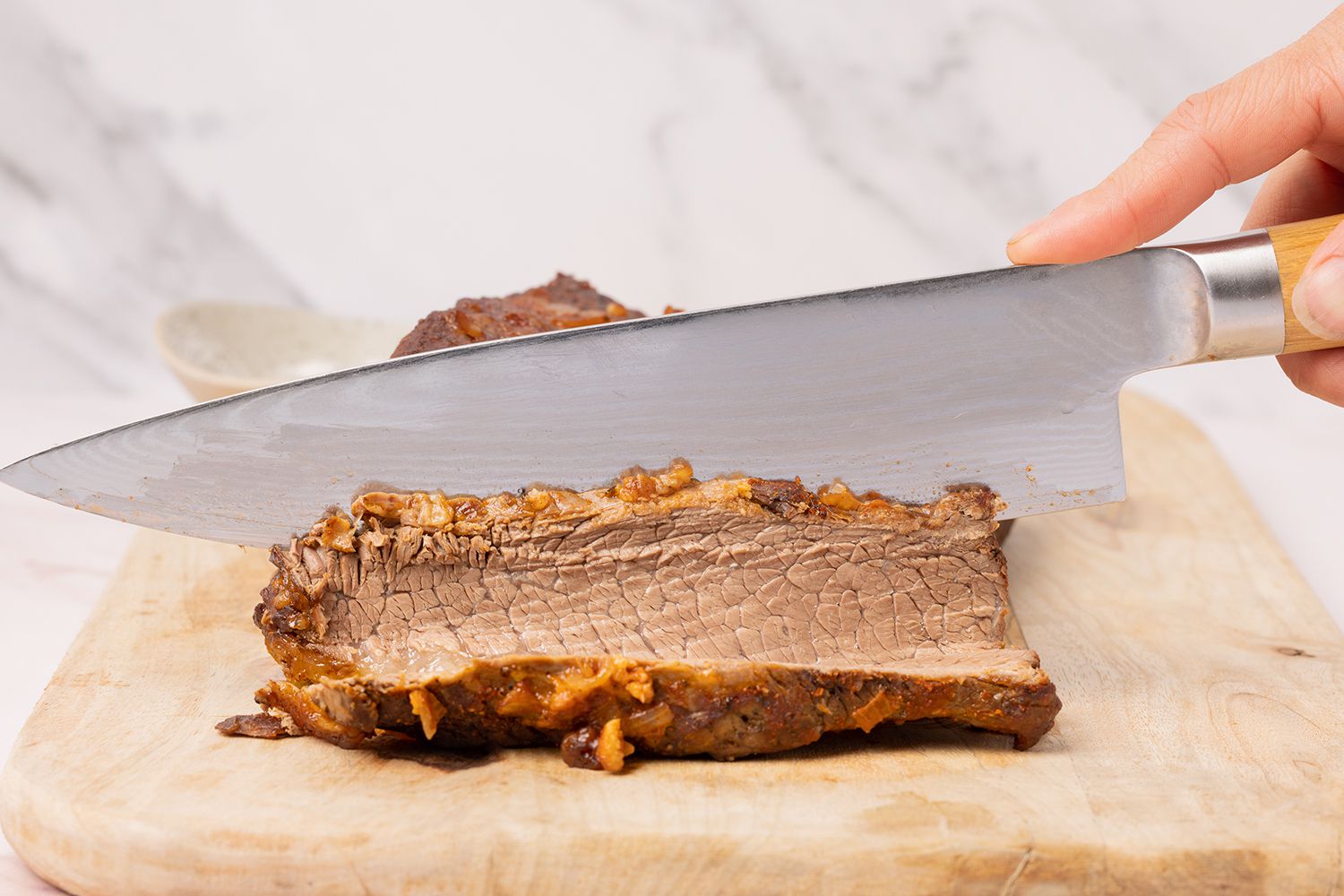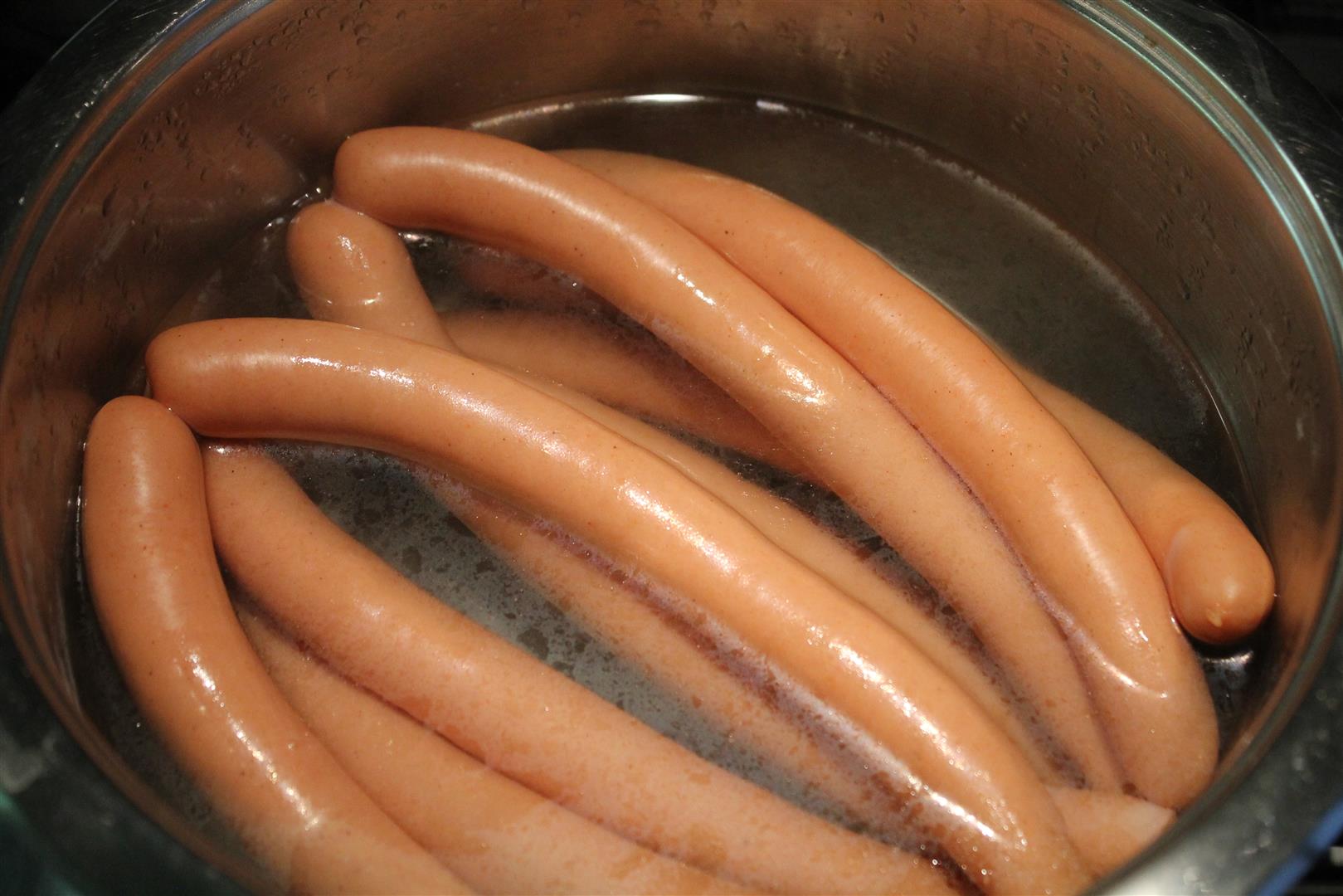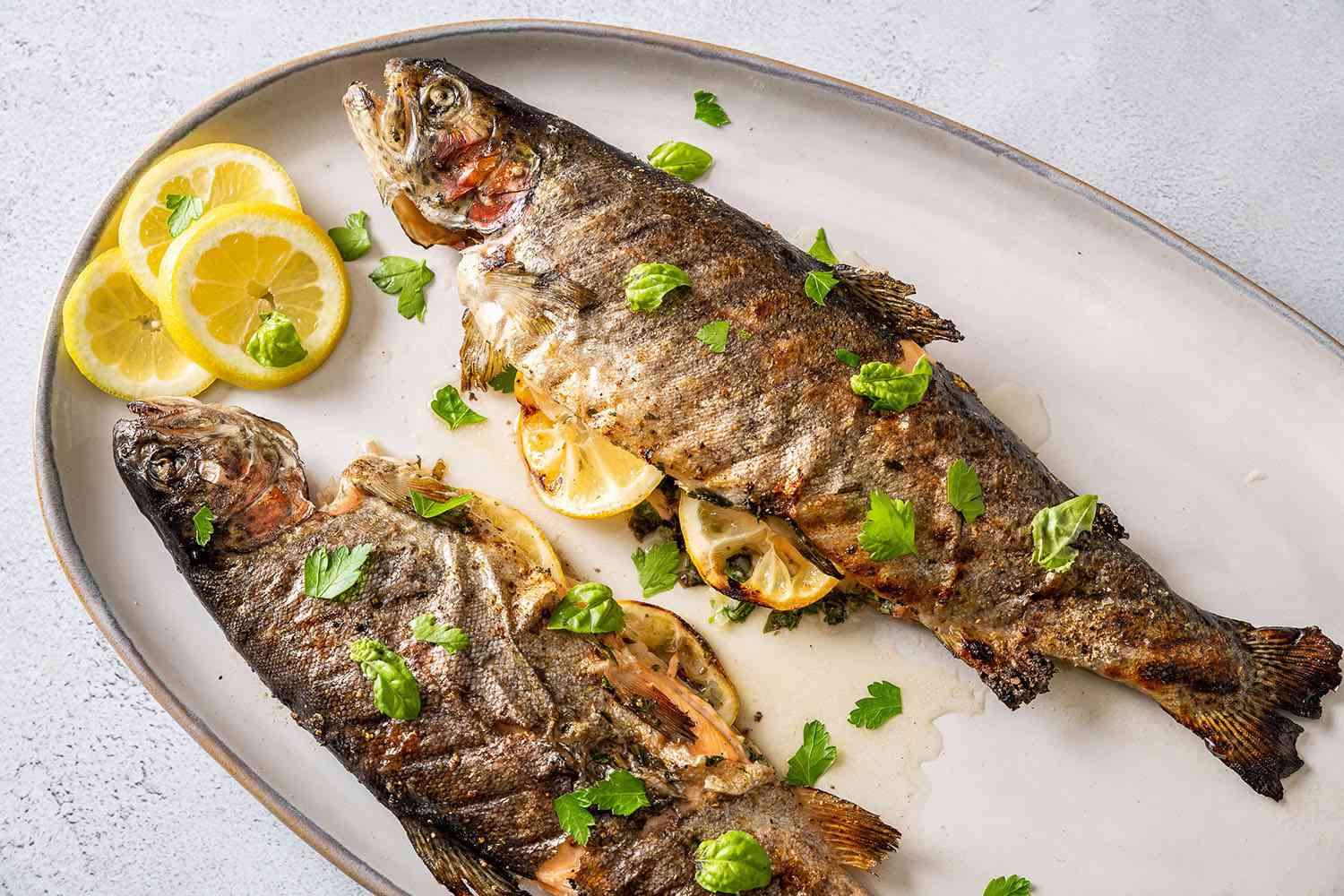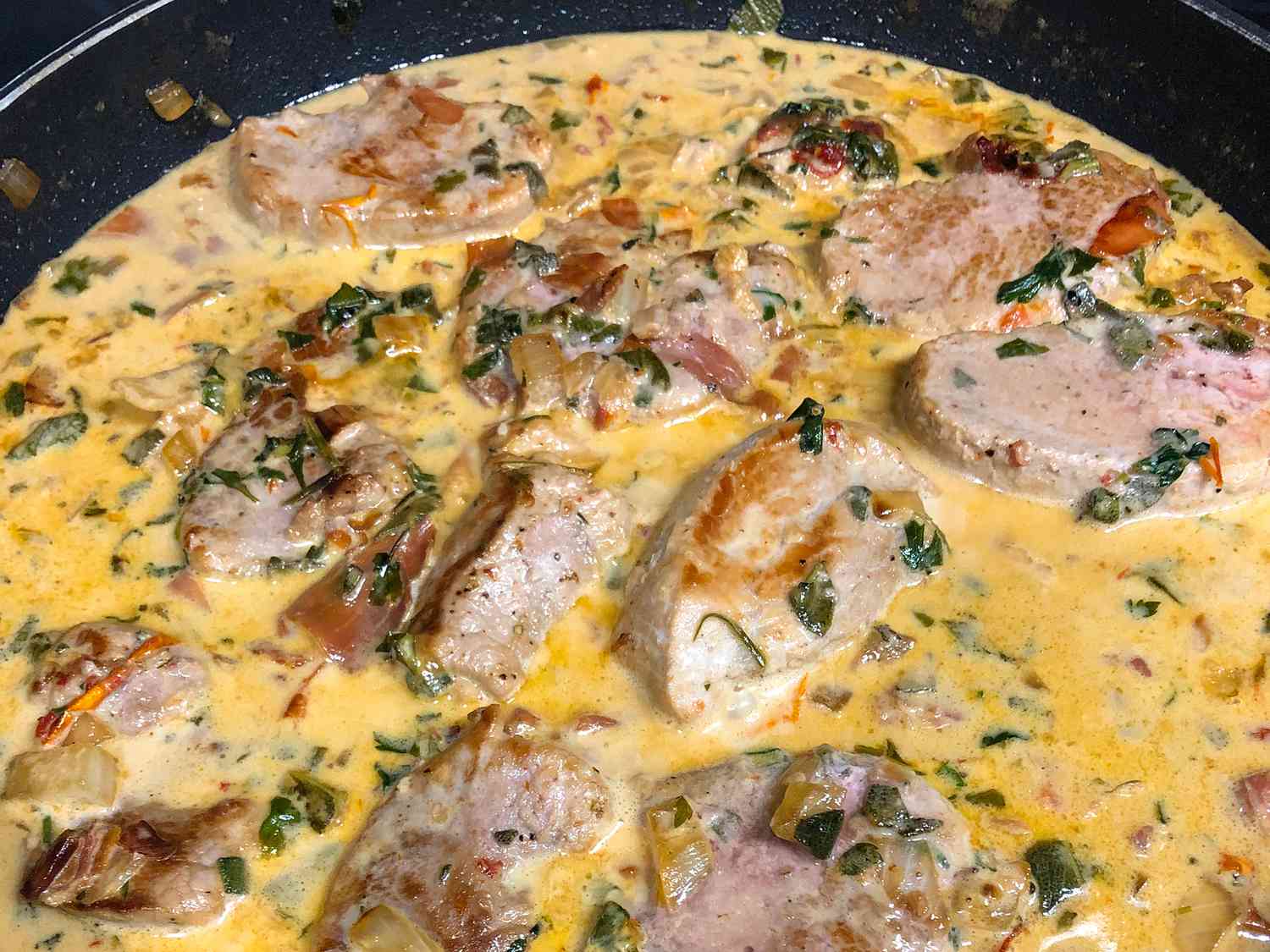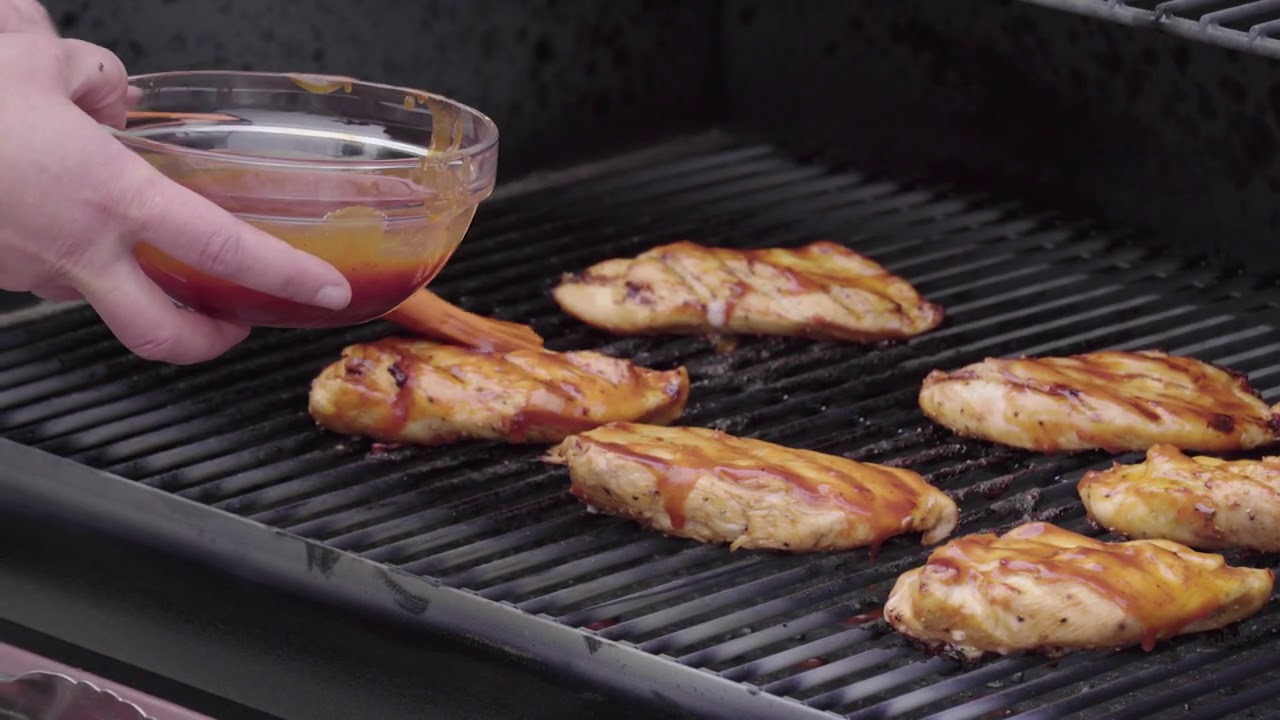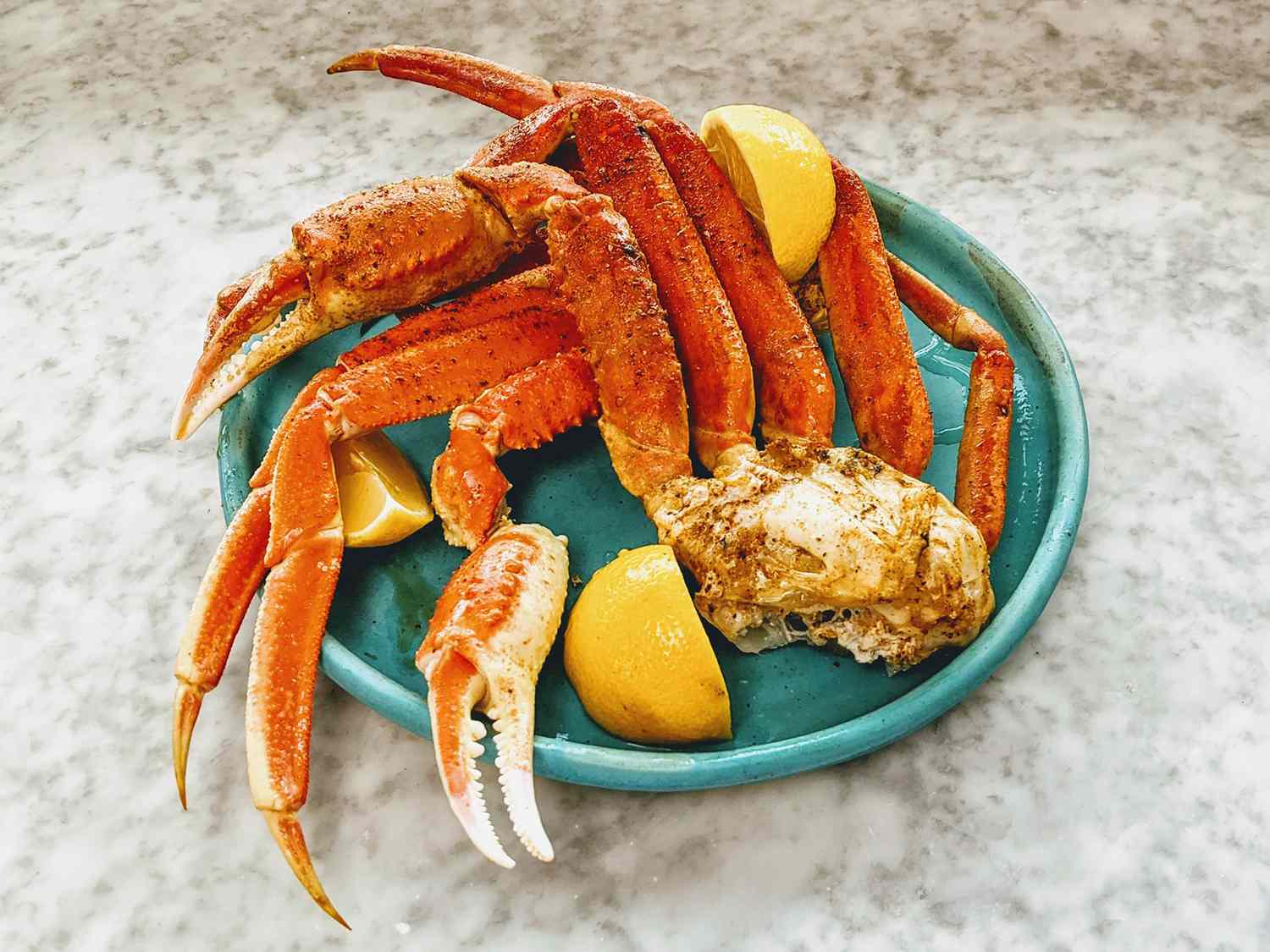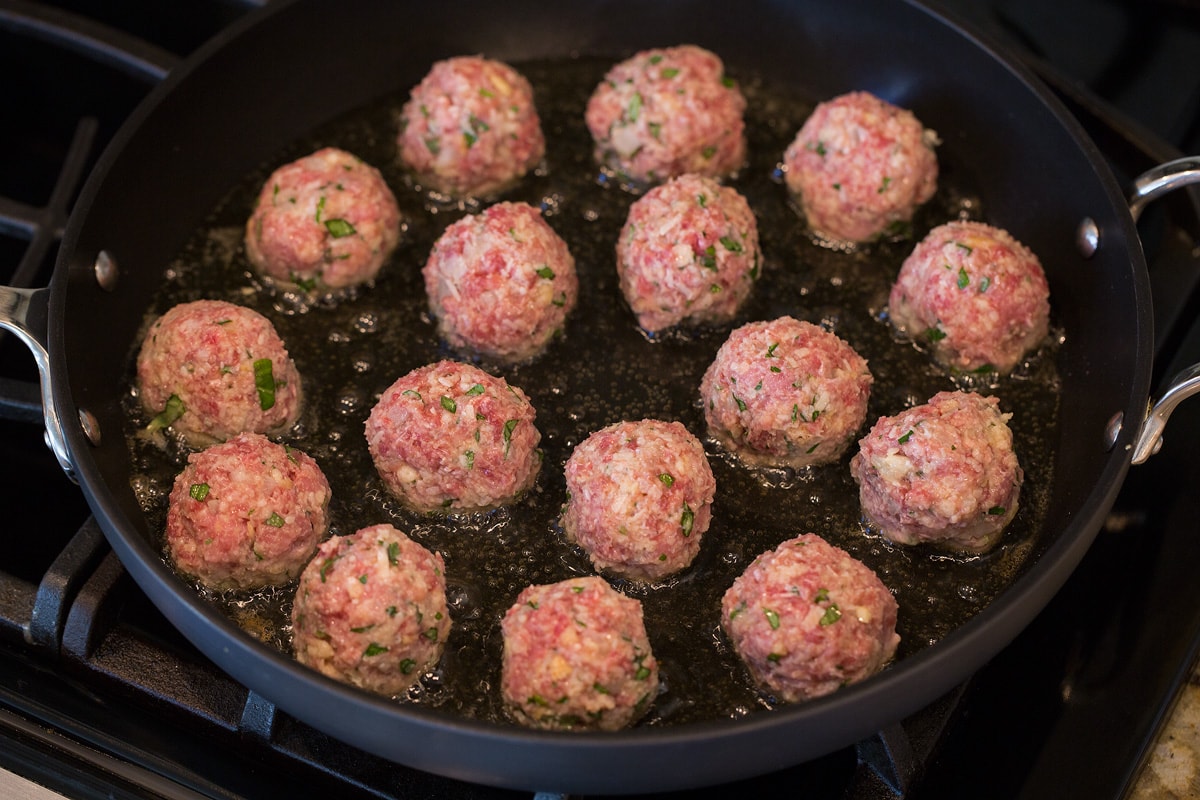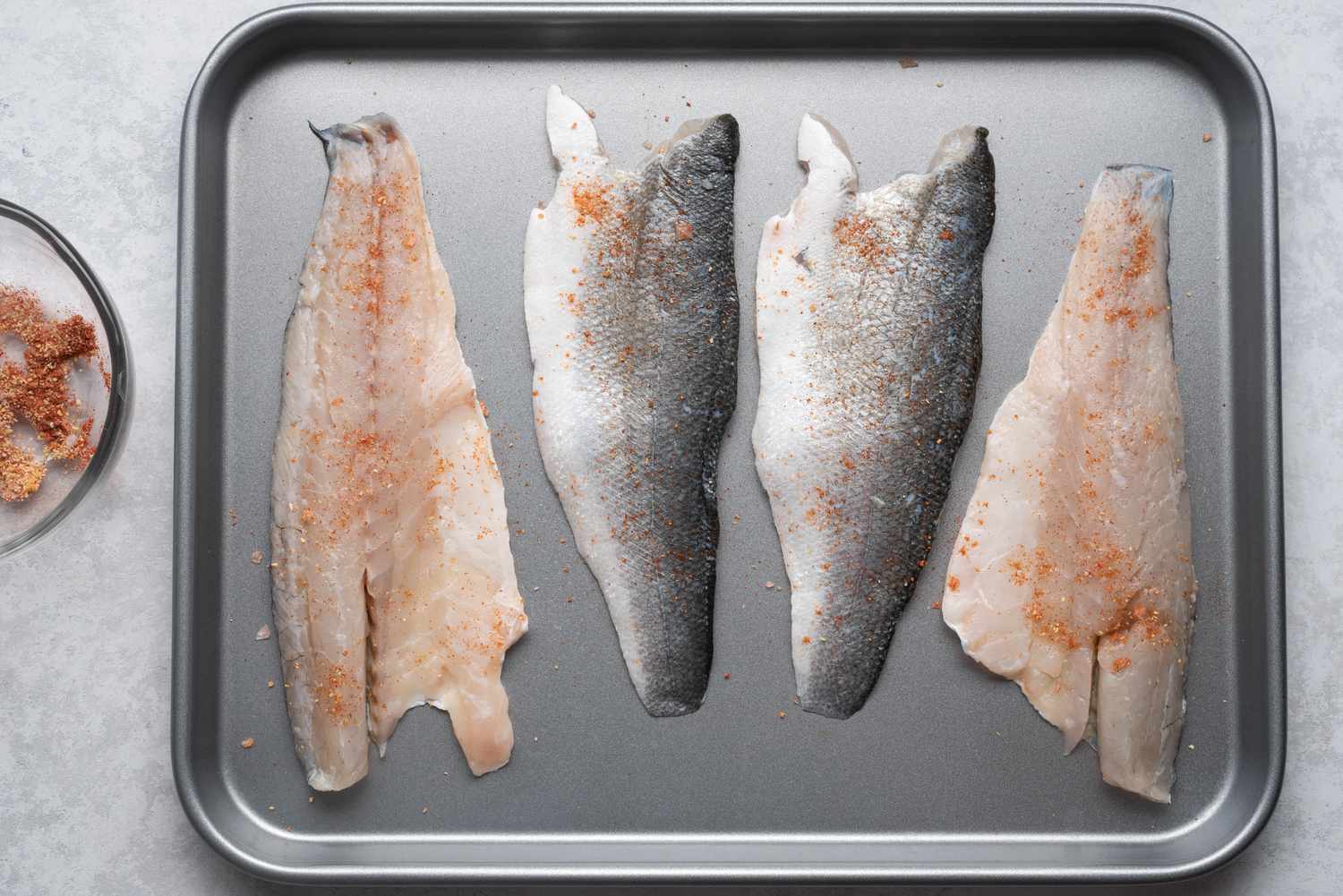Cooking chitterlings, or "chitlins" as affectionately known in Southern kitchens, is an art steeped in tradition and soulful flavors. This delicacy, made from the small intestines of pigs, requires patience and care to transform into a dish celebrated for its unique taste and cultural significance. Southern style chitterlings are not just food; they're a culinary journey into history, bringing families together during special occasions and holidays. With meticulous cleaning and slow simmering, seasoned with a blend of spices and aromatics, chitterlings evolve into a tender, savory treat. Let's dive into the heart of Southern cooking and learn how to prepare chitterlings that would make any Southern grandma proud.
Essential Ingredients for Southern Style Chitterlings
- 10 pounds of cleaned chitterlings
- Water for boiling
- 1 large onion, chopped
- 4 cloves garlic, minced
- 2 tablespoons apple cider vinegar
- 1 teaspoon red pepper flakes
- Salt to taste
- Black pepper to taste
- 1 bay leaf
Necessary Tools for Crafting Southern Style Chitterlings
- Large Pot: For boiling chitterlings until tender.
- Sharp Knife: Needed for cleaning and trimming fat.
- Cutting Board: Provides a safe surface for slicing.
- Colander: Essential for rinsing chitterlings thoroughly.
- Skimmer Spoon: Helps remove any foam or impurities during boiling.
- Heat-resistant Gloves: Protects hands while handling hot chitterlings.
- Measuring Spoons: For accurately adding spices and seasonings.
- Mixing Bowl: Useful for combining seasonings or marinating if desired.
- Stove: Source of heat for cooking.
- Tongs: Aid in handling chitterlings during cleaning and cooking.
For authentic Southern-style chitterlings, thorough cleaning is crucial. Soak in water and vinegar, rinse multiple times, then simmer with onion, garlic, and spices for a rich, flavorful dish.
The Art of Making Southern Style Chitterlings
Cooking chitterlings Southern style is more than preparing a meal; it's about preserving a rich cultural heritage. This tradition, passed down through generations, embodies the essence of Southern cuisine, where every dish tells a story of resilience, community, and the importance of family gatherings.
In the South, chitterlings, or "chitlins," are not just food; they represent a history of making do and thriving with what is available. Preparing them is an art that requires patience and skill, symbolizing a deep-rooted connection to the past and a celebration of Southern identity and culinary prowess.
Your Guide to Cooking Chitterlings Southern Style
-
Clean chitterlings thoroughly: Start by rinsing chitterlings under cold water. Remove any debris or fat. Soak them in a mixture of water and vinegar for about an hour, then rinse again.
-
Boil chitterlings: In a large pot, cover chitterlings with water. Add a tablespoon of salt. Bring to a boil, then reduce heat to a simmer. Skim off any foam that rises to the surface.
-
Season: Add half a chopped onion, a few cloves of minced garlic, a teaspoon of red pepper flakes, and a bay leaf to the pot. These ingredients will infuse the chitterlings with flavor as they cook.
-
Simmer: Allow chitterlings to simmer on low heat for 2 to 3 hours, or until tender. Ensure they are fully submerged in water during cooking. Add more water if necessary.
-
Check tenderness: Test chitterlings with a fork to ensure they are tender. Once they reach the desired tenderness, remove them from the heat.
-
Prepare for serving: Drain chitterlings and remove any excess fat. They can be cut into smaller pieces if preferred.
-
Final seasoning: Season with additional salt, pepper, and hot sauce to taste. Some prefer to add a splash of vinegar for extra tang.
-
Serve hot: Enjoy chitterlings while they are warm. They are commonly served with sides like collard greens, cornbread, and rice.
Mastering Southern Comfort: Chitterlings
Cooking chitterlings Southern style is more than just a recipe; it's embracing a rich culinary tradition. With patience, proper cleaning, and seasoning, you can transform this humble ingredient into a dish that sings with flavor and history. Remember, the key to delicious chitterlings lies in thorough cleaning, slow cooking, and bold seasoning. Whether you're continuing a family tradition or trying something new, this dish offers a taste of Southern comfort that's hard to beat. So, gather your ingredients, roll up your sleeves, and get ready to cook up a storm. Your kitchen is about to be filled with the mouthwatering aroma of chitterlings cooked to perfection, a true testament to the enduring appeal of Southern cuisine.
For those eager to try their hand at Southern-style chitterlings, there are several standout recipes that will make the journey worthwhile. The Classic Southern Chitterlings Recipe is a great starting point, offering a traditional approach that highlights the rich flavors. For a heartier meal, the Chitterlings and Collard Greens Stew combines the savory taste of chitterlings with the robust flavor of collard greens. If you're in the mood for a bit of spice, Spicy Chitterlings with Hot Sauce brings an exciting kick to the table. Meanwhile, Chitterlings and Cornbread Casserole provides a comforting and filling option that's perfect for family gatherings. For a unique twist, try Cajun Chitterlings with Sausage, which adds a flavorful punch with Cajun spices and sausage. These recipes not only showcase the versatility of chitterlings but also offer a delicious way to experience Southern cuisine at its finest.
All Your Questions About Southern Style Chitterlings Answered
What are chitterlings?
Chitterlings, often called chitlins, are the small intestines of pigs. They're a traditional Southern delicacy, especially popular during holiday seasons. Preparing them involves thorough cleaning, slow cooking, and often, seasoning with a mix of aromatic vegetables and spices.
How do I clean chitterlings properly?
Cleaning chitterlings is crucial to their preparation. First, rinse them under cold water to remove any debris. Next, soak them in a mixture of salt and vinegar for about an hour. This helps in further cleaning. After soaking, rinse each piece individually, making sure to remove any leftover fat or waste. Repeat this process until the water runs clear.
What's the best way to cook chitterlings?
Slow cooking is key to making tender, flavorful chitterlings. After cleaning, place them in a large pot and cover with water. Add onions, garlic, vinegar, and your choice of seasonings. Let them simmer on low heat for several hours until they're tender. Some folks add a bit of hot sauce or red pepper flakes for an extra kick.
Can I add other ingredients to the chitterlings while they cook?
Absolutely! Many cooks like to add potatoes, bell peppers, or celery to the pot. These veggies not only add flavor but also soak up some of the rich tastes, making your dish even more delicious. Feel free to experiment with your favorite seasonings and vegetables.
How do I know when the chitterlings are done cooking?
Chitterlings should be cooked until they're tender but not falling apart. This usually takes about three to five hours on a low simmer. You'll know they're done when you can easily pierce them with a fork, and they have a soft, not rubbery, texture.
Are there any health concerns with eating chitterlings?
Like with any pork product, there's a risk of bacterial contamination if not cooked properly. Ensure chitterlings are thoroughly cleaned and cooked to a safe temperature to kill any harmful bacteria. Also, due to their high cholesterol content, enjoy them in moderation, especially if you're watching your diet.
Can I freeze cooked chitterlings?
Sure thing! Cooked chitterlings freeze well. Just make sure they're cooled down before you pack them in airtight containers or heavy-duty freezer bags. They can last in the freezer for up to four months. When you're ready to enjoy them again, thaw in the refrigerator and then reheat slowly on the stove.
Was this page helpful?
Read Next: How To Cook A Spiral Ham On The Grill
